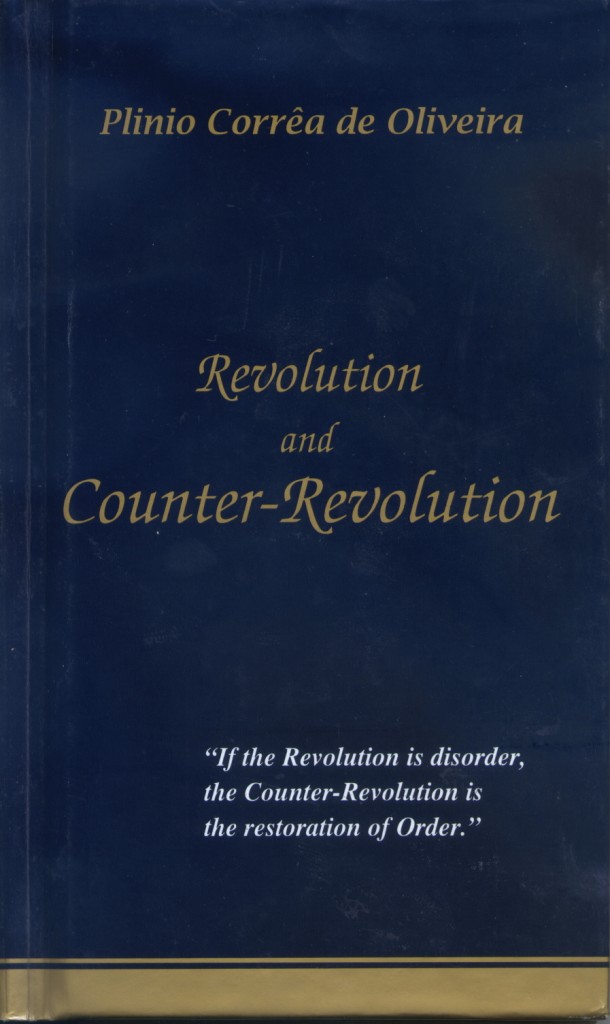Having considered these notions, we can now refute some objections that could not have been analyzed adequately before this point.
A. Slow-speed Revolutionaries and “Semi-counterrevolutionaries”
What distinguishes the revolutionary who has followed the rhythm of the fast march from the person who is gradually becoming a revolutionary according to the rhythm of the slow march? When the revolutionary process began in the former, it found little or no resistance. Virtue and truth lived a superficial life in his soul. They were as dry wood that any spark could set afire. On the contrary, when this process takes place slowly, it is because the spark of the Revolution encountered, at least in part, green wood. In other words, it has confronted considerable truth or virtue that remains hostile to the action of the revolutionary spirit. A soul in this situation is divided and lives between two opposing principles, that of the Revolution and that of order. The coexistence of these two principles may give rise to very diverse situations.
a. The slow-speed revolutionary allows himself to be carried along by the Revolution, which he opposes only with the resistance of inertia.
b. The slow-speed revolutionary who has counter-revolutionary “clots” also allows himself to be carried along by the Revolution, but on some concrete point he rejects it. Thus, for example, he will be a socialist in every respect except that he retains a liking for aristocratic manners. Depending on the case, he may even go so far as to attack socialist vulgarity. This is undoubtedly a resistance. But it is a resistance on a question of detail, made up of habits and impressions. It does not return to principles. For this very reason it is a resistance without any great importance, one that will die with the individual. If it should occur in a social group, sooner or later, by violence or persuasion, the Revolution inexorably will dismantle it in one or several generations.

Dominique Gaston André Strauss-Kahn, Managing Director, International Monetary Fund and member of the French Socialist Party.
c. The “semi-counterrevolutionary”1 differs from the preceding only in that the process of “coagulation” was more forceful in him and reverted to basic principles — only some principles, of course, and not all of them. In him, the reaction against the Revolution is more pertinacious, more lively. It is an obstacle that is not merely inertia. His conversion to an entirely counter-revolutionary position is easier, at least in thesis. Any excess of the Revolution might cause in him a complete transformation, a crystallization of his good tendencies into an attitude of unshakeable firmness. However, until this felicitous transformation takes place, the “semi-counterrevolutionary” cannot be considered a soldier of the Counter-Revolution.
The ease with which both the slow-speed revolutionary and the “semi-counterrevolutionary” accept the conquests of the Revolution is typical of their conformity.
While affirming, for example, the thesis of the union of Church and State, they live with indifference in a regime of their separation, without any serious effort to make possible an eventual restoration of the union of the two under suitable conditions.
1. See Part I, Chapter 9.
Plinio Corrêa de Oliveira, Revolution and Counter-Revolution (York, Penn.: The American Society for the Defense of Tradition, Family, and Property, 1993), Part I, Ch. VI, Pgs. 33 & 34.









